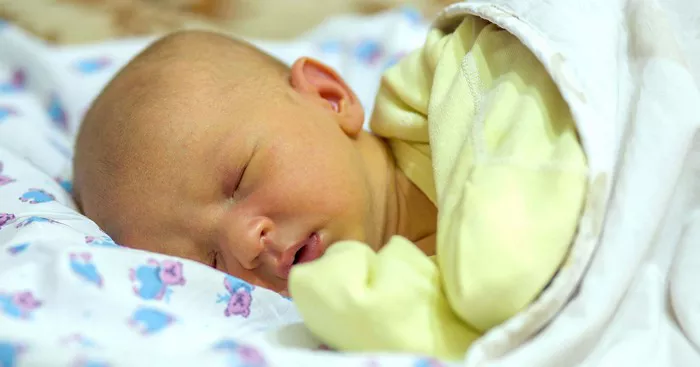Jaundice is a common condition in newborns, characterized by the yellowing of the skin and eyes due to elevated levels of bilirubin in the blood. Phototherapy is a widely used and effective treatment for neonatal jaundice. Understanding the duration of phototherapy is crucial for parents and caregivers to manage expectations and ensure the health of their baby.
What Causes Jaundice in Newborns?
Jaundice occurs when a newborn’s liver is not mature enough to process and eliminate bilirubin effectively. Bilirubin is a yellow pigment produced during the normal breakdown of red blood cells. While mild jaundice is often harmless and resolves on its own, higher levels of bilirubin may require medical intervention to prevent complications.
Some factors that can increase the risk of jaundice in newborns include:
Premature birth: A premature baby’s liver may be underdeveloped, making bilirubin elimination slower.
Breastfeeding: In some cases, breastfeeding jaundice occurs due to insufficient intake of breast milk.
Blood type incompatibility: If the mother’s and baby’s blood types are incompatible, it can lead to increased breakdown of red blood cells.
How Does Phototherapy Work?
Phototherapy involves exposing the baby to a specific type of light that helps break down bilirubin in the skin. This process converts bilirubin into a form that can be excreted through urine and stool. Phototherapy is safe, non-invasive, and highly effective in reducing bilirubin levels.
Types of Phototherapy
Conventional phototherapy: Uses fluorescent or LED lights placed over the baby.
Fiberoptic phototherapy: Involves a light-emitting pad that wraps around the baby.
Intensive phototherapy: Combines multiple light sources for more effective treatment.
How Long Does Phototherapy Take?
The duration of phototherapy depends on several factors:
1. Initial Bilirubin Levels
Higher bilirubin levels may require longer phototherapy sessions.
Doctors monitor bilirubin levels every 4-6 hours initially, and then less frequently as levels decrease.
2. Underlying Conditions
Babies with risk factors like premature birth or hemolysis may need extended treatment.
3. Effectiveness of Treatment
In most cases, phototherapy lasts 24-48 hours.
Severe cases might require treatment for 3-7 days or more.
4. Response to Phototherapy
Rapid response to light therapy can shorten the treatment duration.
If bilirubin levels plateau or decrease slowly, additional sessions may be needed.
Monitoring During Phototherapy
To ensure safety and effectiveness, healthcare providers closely monitor the baby’s:
Bilirubin levels: Blood tests measure progress.
Hydration: Phototherapy can cause fluid loss.
Temperature: To prevent overheating.
Skin and eyes: Shielding the eyes and checking for rashes or irritation.
When Is Phototherapy Stopped?
Phototherapy is typically discontinued when bilirubin levels fall below the threshold for treatment. This threshold varies depending on the baby’s:
- Age in hours
- Weight
- Overall health
Doctors usually observe the baby for 24 hours after stopping phototherapy to ensure bilirubin levels remain stable.
What Happens If Phototherapy Doesn’t Work?
If phototherapy is ineffective or bilirubin levels continue to rise, other treatments may include:
Exchange transfusion: Replacing the baby’s blood to quickly lower bilirubin levels.
Medications: Such as intravenous immunoglobulin (IVIG) for certain blood type incompatibilities.
Caring for Your Baby During Phototherapy
While your baby is undergoing phototherapy:
Ensure proper feeding: Frequent breastfeeding or formula feeding helps flush out bilirubin.
Keep the baby comfortable: Minimize stress and provide skin-to-skin contact when possible.
Follow medical advice: Stick to the phototherapy schedule and attend all follow-up appointments.
When to Seek Medical Attention
Jaundice is usually treatable, but parents should watch for signs of complications, such as:
- Lethargy
- Poor feeding
- High-pitched crying
- Stiff or floppy muscles
If you notice any of these symptoms, consult your pediatrician immediately.
Conclusion
Phototherapy is a safe and effective treatment for newborn jaundice. The duration of treatment varies based on bilirubin levels, the baby’s health, and their response to therapy. By understanding the factors that influence phototherapy, parents can feel more confident in managing their baby’s care.
Always consult with your healthcare provider for personalized advice and follow-up care to ensure your baby’s healthy recovery from jaundice.
Related topics:


